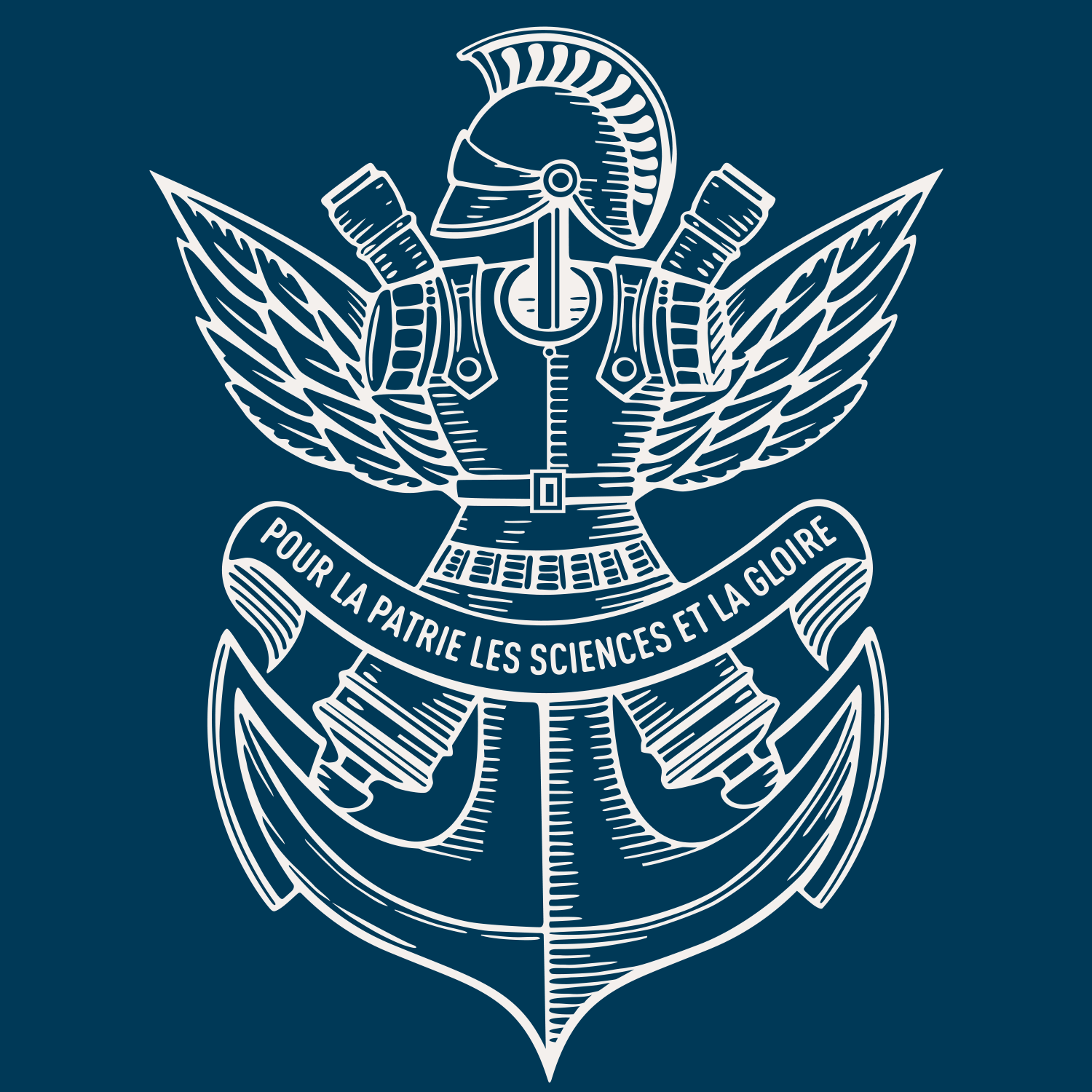Evolution of the Skin Microstructural Organization During a Mechanical Assay
Résumé
Skin is a complex multi-layered tissue, consisting of three main parts: the epidermis, the dermis and the hypodermis. The dermis is responsible for most of the complex mechanical properties of skin, such as viscoelasticity, non-linearity and anisotropy. At the microscopic level the dermis consists for the greater part of extracellular matrix, compounded mainly of collagen fibers forming an orderless network. The mechanical properties of skin have been studied in the past, but their exact link with the microscopic organization is still an open question. The goal of our study is to measure the evolution of the microstructure during a mechanical assay and to improve existing mechanical models of skin with relevant parameters identified at the microscopic level.
We perform uniaxial tensile test on ex vivo mouse skin. The mechanical tests are performed in situ under a second harmonic generation microscope. This allows us to determine quantitatively and simultaneously the mechanical response and the microstructural reorganization of the tissue. This technique can be used to better understand the link between pathological alterations of collagen synthesis, fibers organization, and alteration of the biomechanical properties of skin, as in the Ehlers-Danlos syndrome (EDS).

